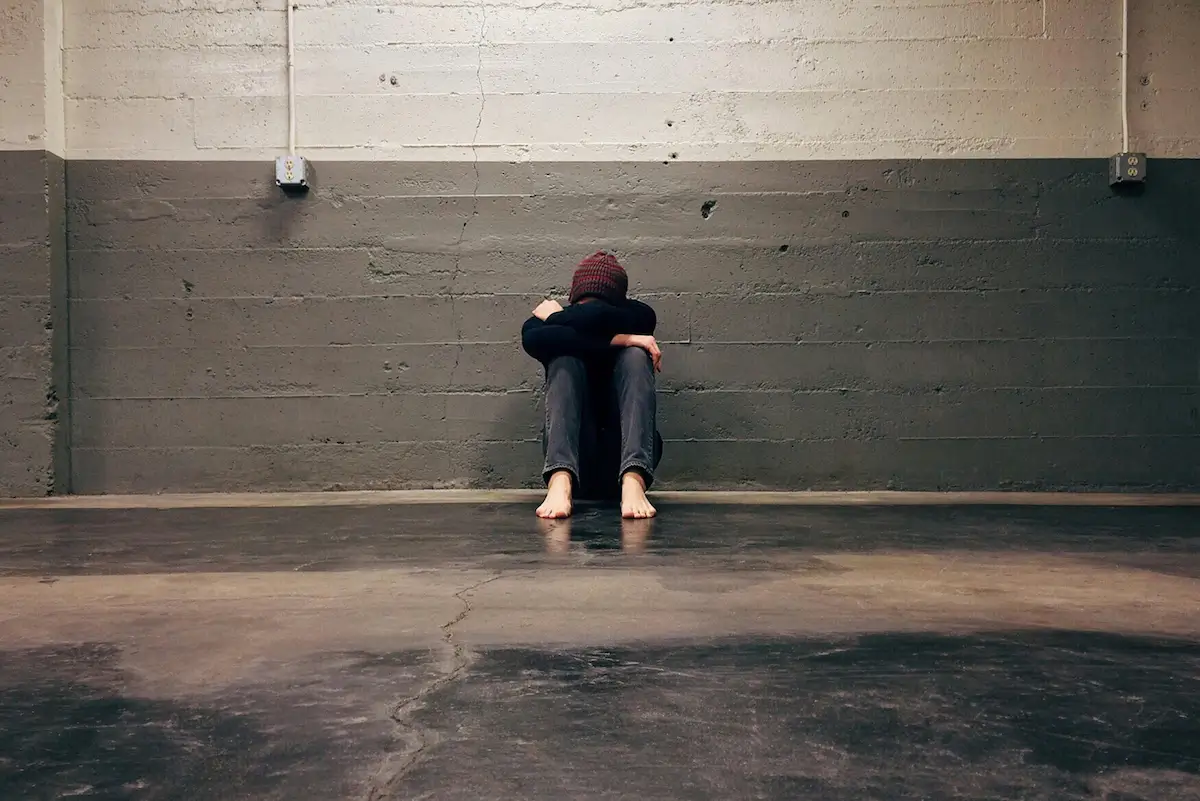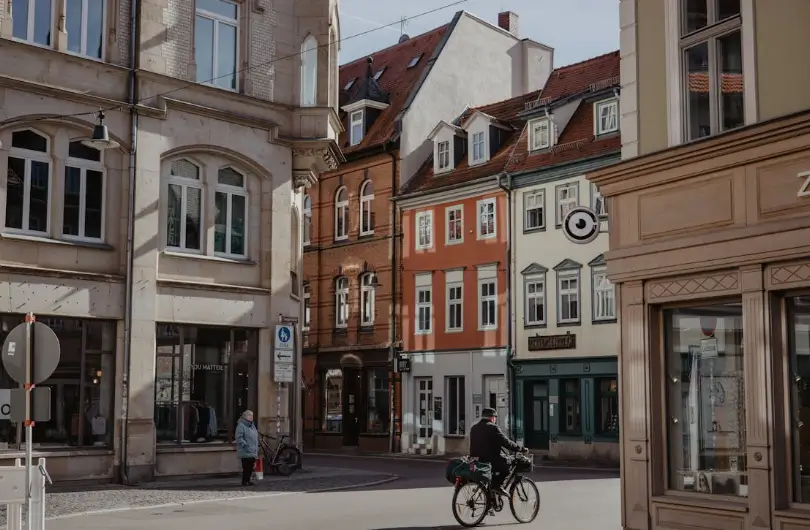Historic Urbanism Snapshot: The Demolition of Pruitt-Igoe (1972)
On March 16, 1972, the world watched as a St. Louis high-rise came crashing down, not just in concrete and steel, but in meaning. The demolition of Pruitt-Igoe became a symbol of what many considered the failure of public housing, modernist planning, and top down urban renewal.
But the real story? It’s more complex and more important than ever.
What Was Pruitt-Igoe?
Pruitt-Igoe was a massive public housing project built in St. Louis in the 1950s. It consisted of 33 eleven-story buildings designed by Minoru Yamasaki (who later designed the original World Trade Center).
It was meant to be modern, efficient, and racially progressive:
Pruitt-Igoe was originally designed as two separate housing projects: Pruitt for Black residents and Igoe for white residents. This segregation reflected the racial policies of the time, even within federally funded housing. However, after court-mandated desegregation policies were enforced, the two developments were quickly merged into a single, racially integrated project. While the intention was to provide modern, equitable housing, the integration process exposed deeper systemic issues that would ultimately challenge the project’s success.
What Went Wrong?
Pruitt-Igoe’s downfall wasn’t just the result of poor design, rather it was the outcome of a much larger set of systemic issues. As white flight and deindustrialization hollowed out St. Louis’s population and tax base, the city had fewer resources to support its public housing stock. Racist housing policies and entrenched segregation further discouraged investment in the neighborhood, isolating residents and limiting opportunity. With little to no funding for maintenance, the buildings quickly deteriorated—elevators broke, stairwells became dangerous, and the once-modern complex turned into a symbol of neglect. Pruitt-Igoe became a case study not just in failed architecture, but in the compounded failures of policy, economics, and equity.
It wasn’t long before vacancy soared and the development became a national headline for all the wrong reasons.
The Demolition Heard Around the World
The first building was demolished in 1972, broadcast live. The rest followed over the next few years. The image of the building imploding became a defining moment in urban planning, a cautionary tale against top-down, one-size-fits-all approaches to housing.
Why It Still Matters
Pruitt-Igoe isn’t just history, it’s a lens.
It challenges us to ask:
- Who is planning for whom?
- What happens when we ignore maintenance, social supports, and economic change?
- Can we design with communities instead of for them?
The real failure wasn’t public housing, it was the systems around it. And that’s a lesson planners are still reckoning with today.
%20(1200%20x%20237%20px)%20(300%20x%2059%20px).webp)


.webp)


